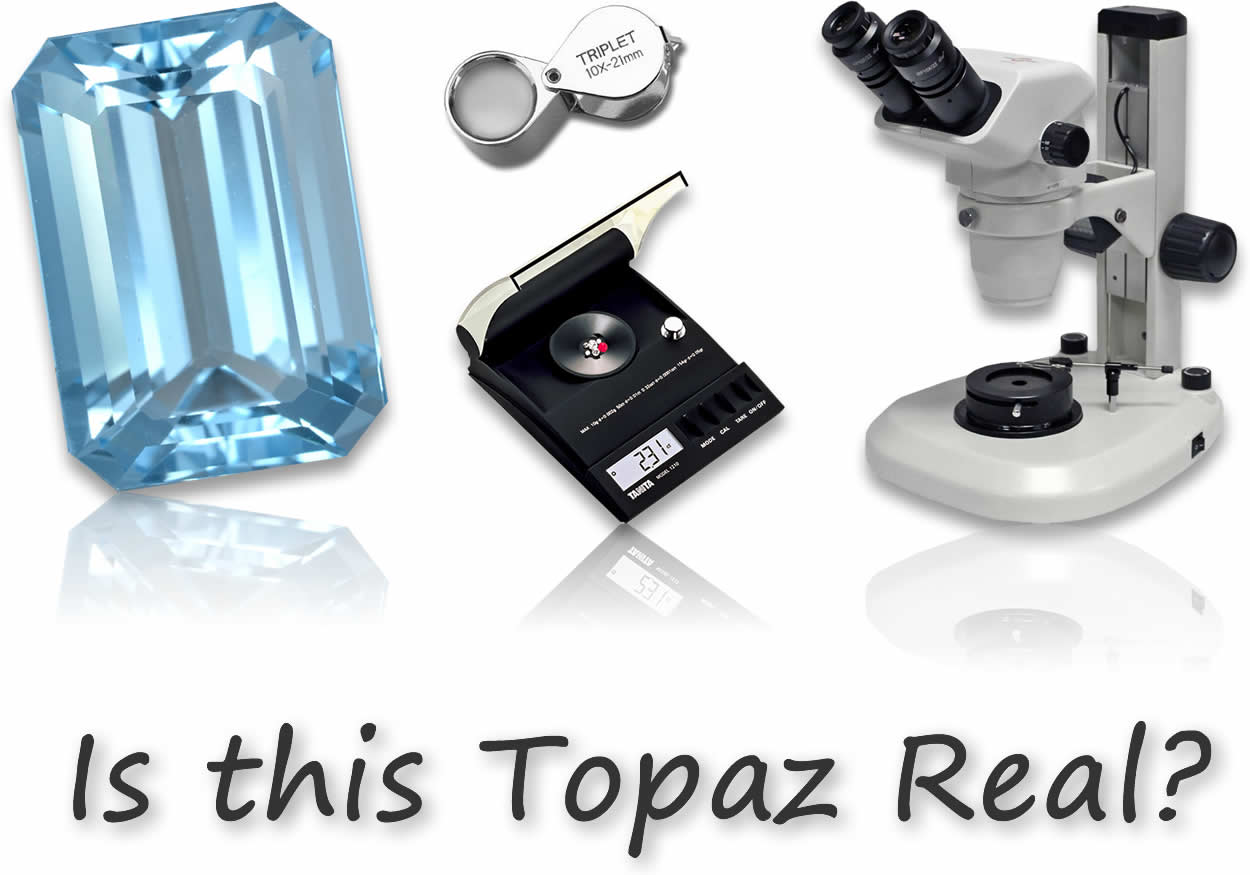How to Tell if Topaz is Real?

Introduction
Topaz stands out as a gemstone known for its variety of colors and clear crystals, which makes it a favorite in jewelry and collections. But with so many fakes out there, it's easy to get mixed up. Figuring out the difference between real topaz and imitations is key if you're shopping around - you want to make sure you're getting the real deal.
Characteristics of Genuine Topaz
Topaz is a silicate mineral made up of aluminum and fluorine, coming in colors like clear, blue, peach, yellow, and even rarer pinks or purples. It scores an 8 on the Mohs hardness scale, so it's tough enough for everyday wear in rings or necklaces. Real topaz has that glassy shine and might show some natural inclusions, which actually help prove it's authentic. For more detailed information on topaz properties and varieties, explore further resources.
Visual Inspection
Hey, start by taking a good look at the stone. Genuine topaz usually has some natural imperfections or inclusions, while fakes like glass or synthetics often look too perfect. Check the shine too - topaz has a vitreous luster, meaning it should gleam and bounce light back in a lively way.
Testing Hardness
With its Mohs rating of 8, topaz can scratch softer stuff like copper but won't get marked easily by anything similar or softer. Try gently scraping it on an unglazed ceramic tile to see if it leaves a mark. Just be careful - this could harm the stone or the tile if you're not gentle.
Thermal Conductivity Test
Topaz handles heat in a unique way. Breathe on it, and the fog should clear up right away because it pulls heat quickly. It's not foolproof, but it's a handy quick test when you're in a pinch.

Specific Gravity Test
Topaz has a specific gravity around 3.4 to 3.6, setting it apart from many copycats. Weigh it in air and then in water to figure out the density. You'll need accurate scales for this, and it's a bit more involved, but it's a solid method for confirmation.
Professional Tests
For the surest results, go for expert checks like refractive index or spectroscopy. These pinpoint the stone's properties exactly. If you're spending big, chat with a certified gemologist to get it right.
Common Fakes and How to Spot Them
Imitators include glass, quartz, or cubic zirconia. They often miss topaz's hardness and that special shine, plus they lack inclusions. Quartz, for instance, is softer and can't scratch glass the way topaz does.
Buying Tips
Stick to trusted sellers who offer authenticity certificates. Skip bargains that sound unreal, since quality topaz has a fair price tag. Ask about where it came from and any treatments it's had - that info matters. Consult our comprehensive topaz buying guide for additional insights.
Frequently Asked Questions
What is topaz made of?
Topaz is a silicate mineral composed of aluminum and fluorine, often found in various colors due to impurities.
How hard is genuine topaz?
It ranks 8 on the Mohs scale, making it durable but still vulnerable to harder materials like diamonds.
What are some common imitations of topaz?
Glass, quartz, and cubic zirconia are frequent fakes, but they usually lack topaz's hardness and luster.
When should I consult a professional for topaz authentication?
If you're making a significant purchase or have doubts after basic tests, a certified gemologist can provide definitive verification.
Can topaz be treated, and how does that affect its value?
Yes, treatments like heating are common to enhance color, but untreated stones often hold higher value - always ask about treatments when buying.
Conclusion
Spotting real topaz takes a mix of eyeing it closely, running some tests, and maybe getting pro input. With these tips in hand, you can spot the fakes and snag authentic pieces with confidence.

